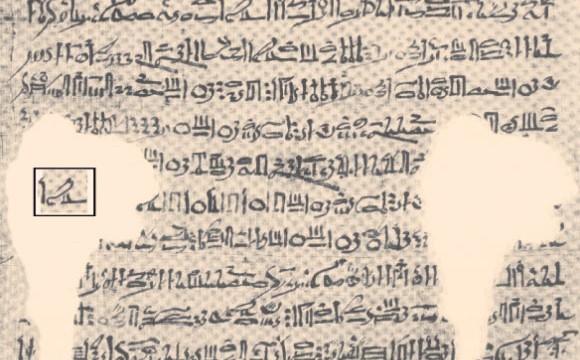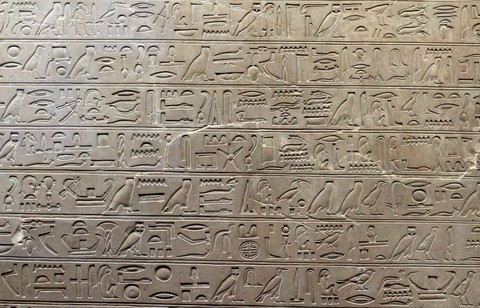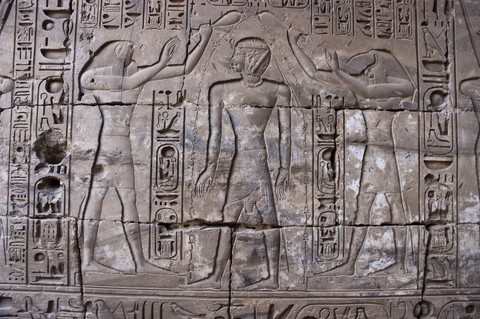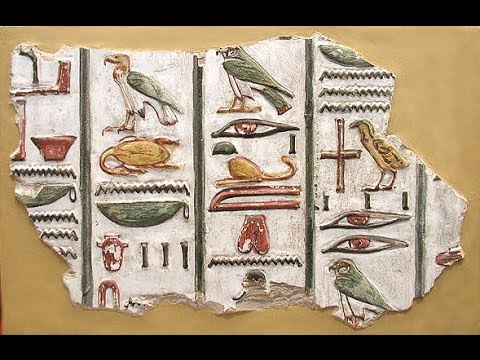ancient artifacts never cease to AMAZE…
This is the first historical document about astronomy that dates over 1,200 BCE. Many civilization shave some sort of history to track the seasons. It wasn’t just for intellectual curiosity but for farming and survival. The most famous astronomers of the past are arguably the ancient Egyptians. They took meticulous notes with vaious heiroglyphics and scrolls. This particular find from Cairo is about as interesting as it gets.

Here is what archaeologists had to say about this particular find:
Ancient Egyptians wrote Calendars of Lucky and Unlucky Days that assigned astronomically influenced prognoses for each day of the year. The best preserved of these calendars is the Cairo Calendar dated to 1244 – 1163 BC (Ramesside Period). According to scientists at the University of Helsinki, this papyrus is the oldest preserved historical document of naked eye observations of a variable star, the eclipsing binary star Algol.
The analysis revealed that the periods of the variable star Algol (2.85 days) and the Moon (29.6 days) strongly regulate the actions of deities in this calendar.
“We show that Algol was represented as Horus and thus signified both divinity and kingship,” the researchers said.
“The texts describing the actions of Horus are consistent with the course of events witnessed by any naked eye observer of Algol.”
This video has a brief background on this star that is referenced in the scroll:
Here are also two very cool pics of heiroglyphics from the region:

This particular one almost seems as if they are fanning someone:

thanks to sci-news.com for the great info
And here is a fascinating video on decoding heiroglyphics. The archaeologist who gives the talk has been
interested in this area since he was a boy:
How did Egyptologists decipher hieroglyphics? Jean-Francois Champollion started working on decoding the ancient Egyptian writing when he was 9 years old at the end of the 18th century. When the Rosetta stone was discovered, he was able to decode the script and read the inscriptions. This opened up the world to a wealth of ancient knowledge and history as other scholars tackled the mysteries of Babylonian, Sumerian, Ugaritic, Hurian and Assyrian.
We hope you enjoy the video.
thanks to sci-news.com for the great info
thanks to Jetsu L. / Porceddu S., doi: 10.1371/journal.pone.0144140.s001. for the pic

You mean B.C. I don’t recognize bce
Nibiru
Some archaeologists use bce before common era they are the same for time reference though.
Fascinating✨
Yeah I watched this clip about the star of Bethlehem it on the History channel. Its said that the Asians recorded a star around the time of Jesus’s birth. And it wasn’t in December like what we celebrate today but in early mid- summer or spring. It said that Jupiter and a few other planets were conjunction of each other, y’all should watch it brought chills to my body.
Says in the bible the Shepard’s left their sheep at pasture to go see Jesus birth, sheperds wouldn’t have been with the herd in winter
But was he born in a stable or in a house. Two different versions. Does it really matter?
Because “before christ” is stupid
Who asked you$#%&!@*clown?
Boy weasel!
Oops he got scared! Lol
Looks like South America is missing. Lol
Really